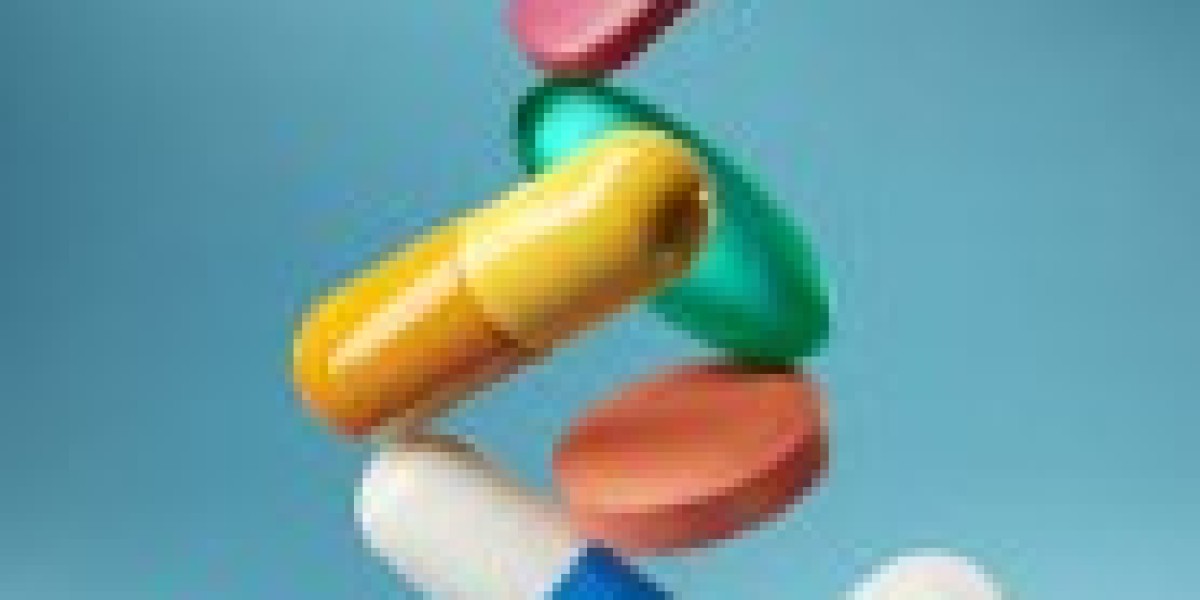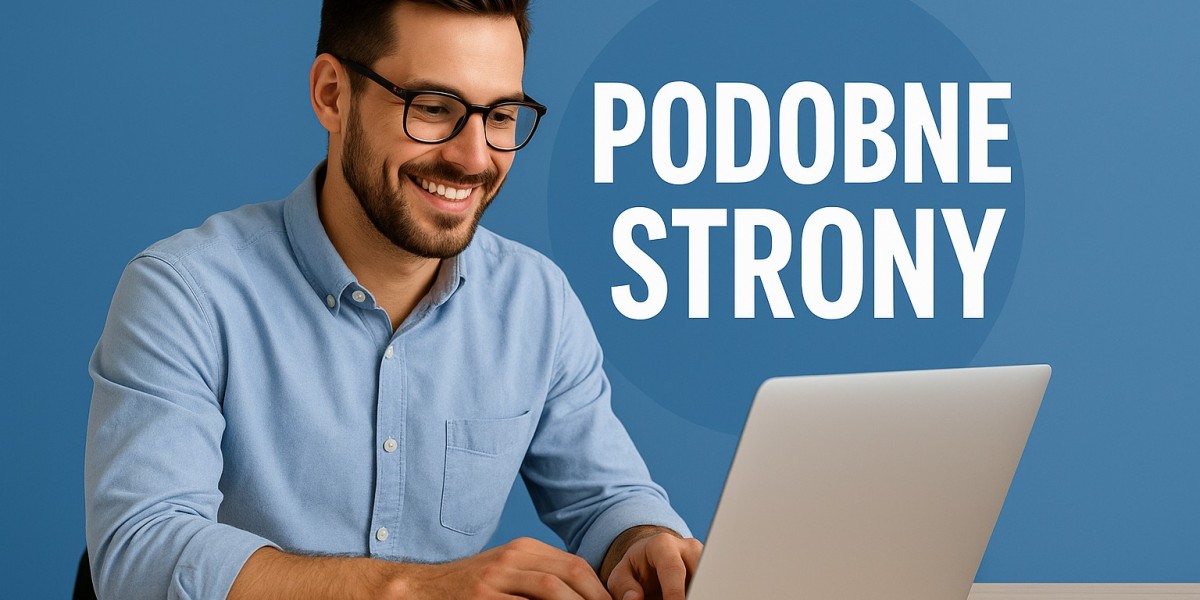Living with ADHD often feels like running a marathon that never ends. Each morning begins with the hope of catching up, but by the end of the day, exhaustion sets in — not just physically, but mentally and emotionally. For those who live with this condition, the world doesn’t slow down to match their pace, and the unseen effort required to simply “keep up” can be overwhelming.
While many still see ADHD as just a lack of focus or restlessness, the reality runs much deeper. It’s not about being lazy, careless, or distracted — it’s about battling an invisible storm that constantly pulls attention in multiple directions.
Understanding the Symptoms of ADHD
The Symptoms of ADHD vary widely from person to person, making it a complex and often misunderstood condition. Some people experience predominantly inattentive symptoms — losing focus easily, forgetting details, or struggling to complete tasks. Others deal with hyperactive and impulsive behaviors, constantly feeling the need to move, speak, or act without thinking.
Common symptoms include:
Difficulty sustaining attention in conversations or tasks
Frequent disorganization or forgetfulness
Restlessness, fidgeting, or trouble sitting still
Impulsive decisions without considering consequences
Emotional ups and downs that seem unprovoked
What makes ADHD so challenging is that these symptoms often hide behind effort. Many individuals learn to mask their struggles by overworking, overthinking, or pretending to be in control. But behind the scenes, their mental energy drains rapidly — every task feels heavier, every deadline closer, and every mistake louder.
This is the “hidden weight” — the constant mental juggling act that others rarely see.
The Emotional Marathon Behind ADHD
People with ADHD often carry invisible burdens: the frustration of forgetting simple tasks, the shame of missing deadlines, the guilt of being “too much” or “not enough.” Over time, these emotions create an inner dialogue filled with self-doubt and criticism.
The constant effort to appear “normal” can lead to burnout. Even simple routines — replying to emails, remembering appointments, managing time — can feel like running uphill. Each day demands focus, structure, and patience, yet ADHD challenges every one of those things.
The irony is that those living with ADHD are often highly creative, passionate, and intelligent. Their minds move fast, generating innovative ideas and deep insights. But without balance, that same energy can become chaos — a marathon without direction.
Finding the Right Treatment of ADHD
Thankfully, Treatment of ADHD has evolved significantly over the years. Today, managing ADHD involves a blend of strategies tailored to individual needs — focusing on both medical and lifestyle interventions.
Medication Management:
For many, ADHD medication can be life-changing. It helps improve concentration, reduce impulsivity, and stabilize mood. Common medications include stimulants such as methylphenidate (Ritalin) or amphetamines (Adderall), and non-stimulants like atomoxetine. However, medication is not a cure — it’s a tool that must be used thoughtfully under medical supervision.Therapeutic Support:
Cognitive Behavioral Therapy (CBT) is often paired with medication to help manage emotional regulation, organization skills, and self-esteem. Therapy teaches coping mechanisms to reduce the emotional weight that ADHD can carry.Lifestyle Adjustments:
Simple routines — consistent sleep, exercise, mindfulness, and balanced nutrition — can significantly improve symptoms. Reducing distractions and creating structured systems (like planners or reminders) helps maintain focus and reduce overwhelm.Support Networks:
ADHD can feel isolating, but connection changes everything. Support groups, online communities, and open conversations with family or employers can build understanding and reduce stigma.
ADHD Medication: A Tool, Not a Definition
While ADHD medication is often central to treatment, it’s essential to view it as part of a broader strategy. Medication can sharpen focus and calm the mind, but emotional healing and self-awareness are equally important.
Many people worry about relying on medication or being judged for using it. But taking ADHD medication is no different than using glasses for vision — it’s a means of bringing things into focus. The goal isn’t to suppress who you are, but to help you access your potential with less friction.
When used responsibly, medication empowers people with ADHD to manage their energy better, make decisions with clarity, and live life without constantly fighting their own minds.
Reframing ADHD: From Struggle to Strength
Living with ADHD is not about being broken or incapable — it’s about learning how your brain works and finding the rhythm that suits you best. Every person with ADHD carries unique strengths: creativity, empathy, innovation, and resilience. These traits often shine brightest when ADHD is managed effectively.
The journey toward balance is ongoing. There will be setbacks, distractions, and moments of fatigue, but there will also be breakthroughs, focus, and pride in progress.
The key is compassion — for yourself and for others walking the same path. The hidden weight of ADHD becomes lighter when shared, understood, and supported with empathy.
Final Thoughts
ADHD doesn’t define intelligence or capability; it shapes how a person experiences the world. With the right treatment of ADHD, supportive communities, and effective ADHD medication, individuals can not only survive the daily marathon — they can thrive in it.
Every day may still be a challenge, but with awareness, compassion, and proper support, the race becomes less about struggle and more about progress. And in that shift, the hidden weight begins to lift.



